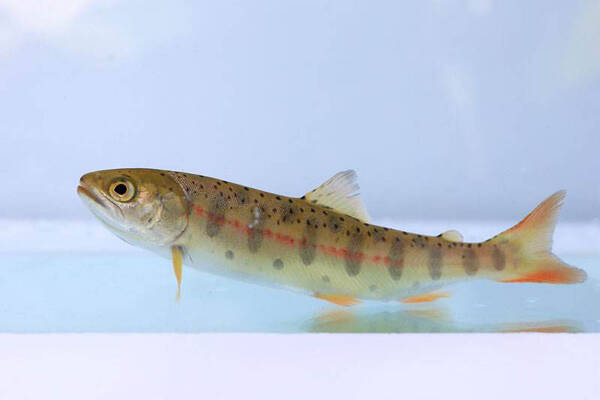Masu salmon, whose Latin name is Oncorhynchus masou, is the southernmost migratory species of the genus Oncorhynchus in my country, with a southern limit of 35 degrees north latitude. It has a high adaptability to temperature and is one of the inland domestication targets.

The Masu salmon is a migratory fish that breeds in freshwater rivers, grows in the ocean, and returns to freshwater to spawn when it reaches sexual maturity. Because it likes to live in low-temperature water, it is a cold-water fish.
2-year-old males and 3-year-old females mature. In the Tumen River, swimming fish gather in groups at the river mouth in March and April every year and begin to swim upstream. In April and May, they enter the Tumen River in large numbers. When floods are discharged in August and September, mature individuals swim upstream to tributaries to spawn. The spawning ground has clear water, gravel bottom, water depth of about 0.5 meters, average flow rate of 0.7 meters per second, and water temperature of 11-20℃. The eggs are reddish orange and carry about 3,500 eggs.
During spawning, usually one male fish chases several female fish into the spawning ground. The female fish swings its tail fins and uses the water flow to dig gravel around to form an elliptical spawning bed. The female fish ovulates several times, and the fertilized eggs fall into the spawning bed and are covered by the female fish using her tail fin to dig gravel. The broodstock that has laid eggs guards beside them. After 2-3 days, all the broodstock die. Generally, after living in fresh water for 1 year, the young fish begin to separate into swimming type and land-locked type.
Listed in the second level of the "List of National Key Protected Wildlife in China".
Protect wild animals and eliminate game.
Maintaining ecological balance is everyone's responsibility!